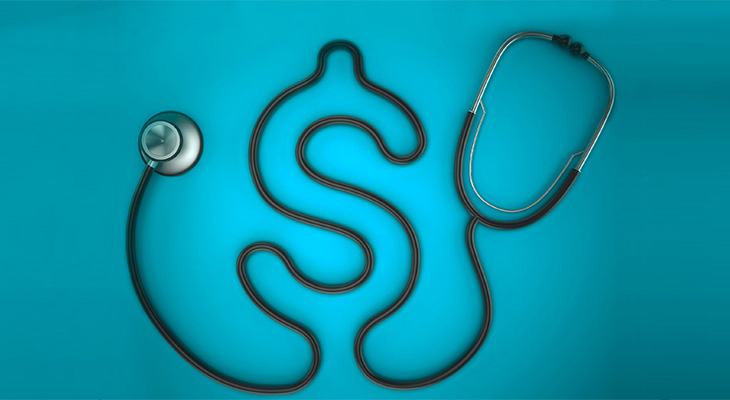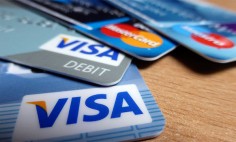When you hear the word health, you probably first think of physical health—then perhaps mental and emotional. But what about financial health? How can consumers know if their overall approach to money management is setting them up for success in the long run?
Just like it’s advisable to check up on your physical health regularly for preventative reasons, it’s also smart to do so with your overall financial standing. This will help you assess what’s working and what could use extra attention moving forward.
Start by asking: What does financial health really look like? This will help you establish benchmarks against which you can compare your current situation, using them as motivation to reach your money-related goals. Here are a few “typical signs of strong financial health,” according to Investopedia:
- Steady income flow.
- Rare changes in expenses.
- Profitable investments.
- Growing cash balance.
Additionally, there are a few key areas to consider when you’re taking your financial temperature, so to speak.

Saving: A Multi-Faceted Endeavor
It’s generally accepted that it’s wise to save a portion of your paycheck each month—generally between 10 and 20 percent. But it’s not as simple as setting up an automatic transfer to a savings account and calling it a day. There are three primary levels of “savings” to consider when you’re gauging the effectiveness of your long-term strategy: your savings account, investments and retirement fund.
The exact amount you contribute to each depends on your age, income and financial goals. For example, at certain points throughout their lives, consumers tend to be saving for specific expenses like a down payment on a home. Likewise, a fresh college graduate who’s just accepted their first job will likely contribute a lower percentage of their income to retirement than a 55-year-old career veteran facing retirement within the next decade.
One way to prioritize saving is to treat it like “owing yourself.” Here’s one example based on Money Under 30: You aim to save 20 percent of each paycheck. You make $1,000 biweekly after taxes, so you want to set aside $200 per paycheck. You may decide to allot 5 percent of each paycheck to your employer-matched 401k, which comes out to $50 per paycheck based on your post-tax income. This means you still “owe yourself” at least $150. The remainder can then go into a combination of a Roth IRA, your savings account or your emergency fund. But by doing this first, you ensure you’re always building savings at a healthy rate.
Managing Bad Debt
As one CNN Money contributor aptly wrote, “Carrying around a lot of debt is like going through your day wearing a backpack full of rocks.” Debt—especially bad debt that does nothing to grow your long-term wealth—will only bog you down and hold you back from achieving your ultimate money goals. So, part of bringing your financial health up to par is addressing your debt.
Consumers have options in this regard. For instance, if you’re facing a high-interest credit card debt, you may be able to conduct a balance transfer to a new card with a 0 percent APR rate. Just make sure the interest rate won’t jump up after a short introductory period. For substantial debt over $7,500, some consumers pursue a strategy like debt settlement with a partner like Freedom Debt Relief. First, clients make regular deposits into a dedicated account. When it reaches a certain amount, negotiators reach out to creditors and attempt to reach a settlement agreement in which the amount owed is less than the original balance. According to Freedom Debt Relief reviews from Highya, the company has more than 15 years of experience and a high level of client satisfaction (4.2 out of 5 stars).
Building an Emergency Fund
Many people live paycheck to paycheck, only addressing emergencies as they arise. But this approach puts your financial health at risk of derailing at any time—all it takes is one broken vehicle, serious medical mishap or natural disaster. For this reason, it’s imperative to save at least three to six months’ worth of living expenses in a separate emergency fund.
Your financial health boils down to a combination of savings and debt. Balance these two forces for the best results.















